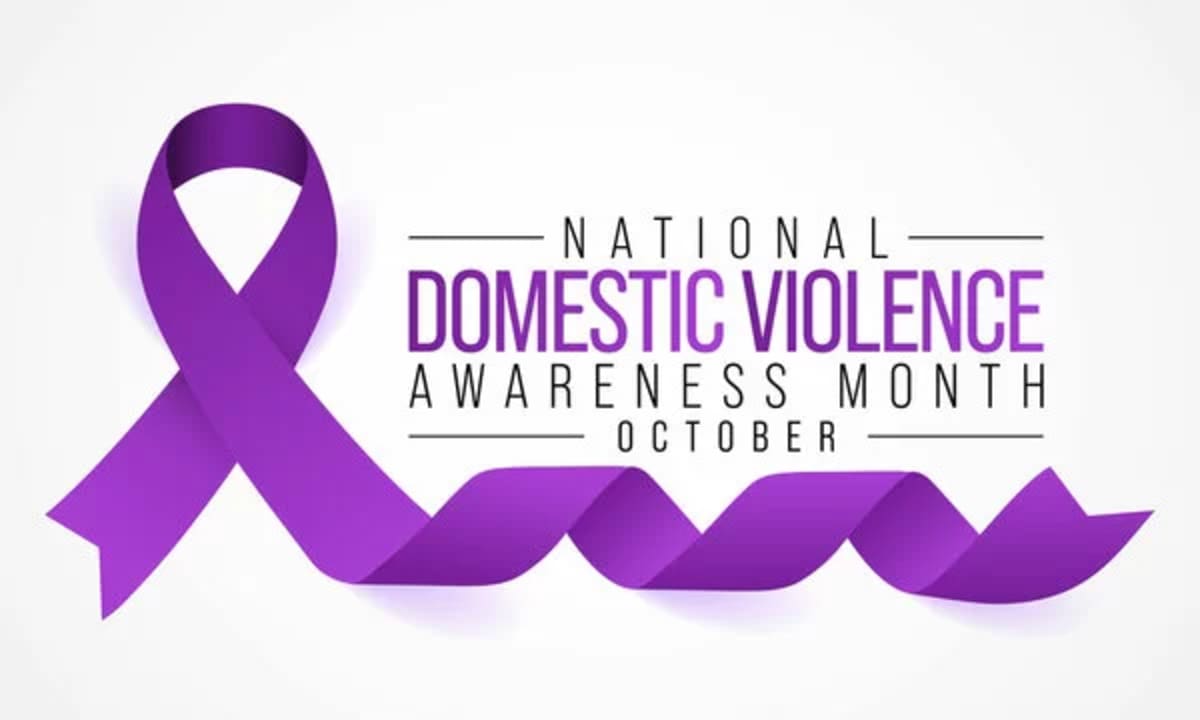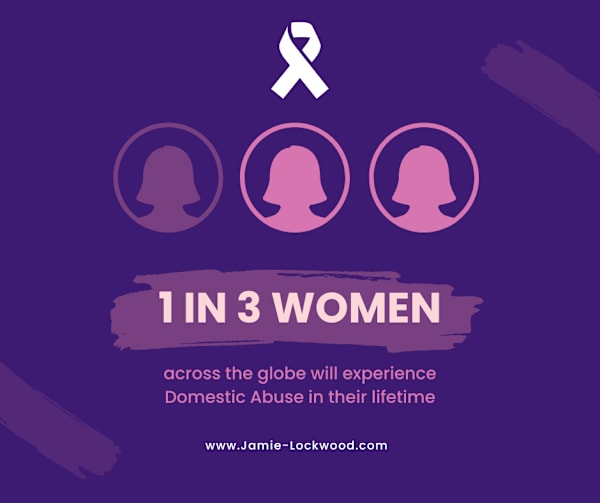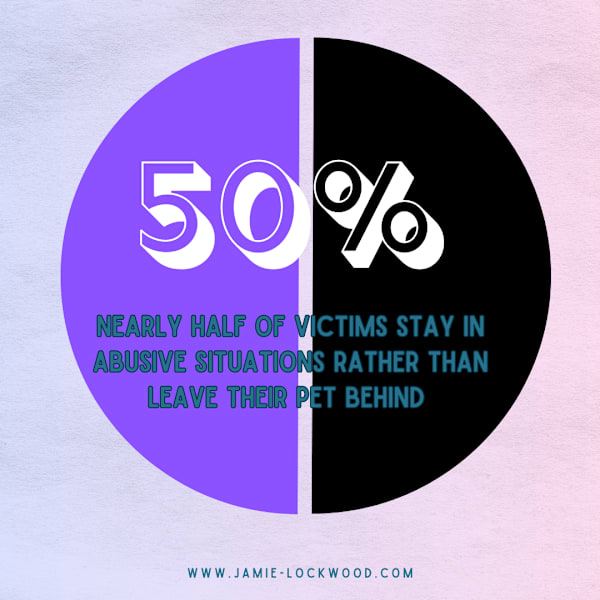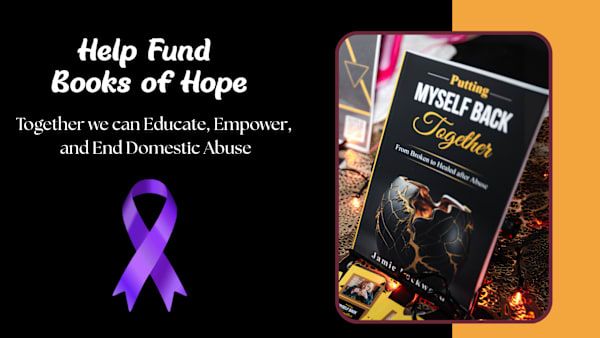October is National Domestic Violence Awareness Month — a time set aside to shed light on an issue that too often hides in the shadows. For me, this month isn’t just a spot on the calendar; it’s a reminder of why awareness matters so deeply. Abuse thrives in silence, and the more we talk about it, the more we break down the shame and isolation that keep survivors feeling trapped.
This year, I’m marking the month in a very personal way: by donating copies of my book, Putting Myself Back Together: From Broken to Healed After Abuse, to survivors and clinics. My hope is that these stories will reach people who need encouragement most, reminding them that they are not alone and that healing is possible.
If you’ve never experienced domestic violence yourself, it might feel like something distant, something that happens “somewhere else” to “other people.” But the truth is, it’s happening everywhere — in our neighborhoods, in our workplaces, even in our families. Sometimes it’s happening right in front of us, and we don’t see it because we’ve never been taught what to look for.
That’s why this month matters. It’s a chance to open our eyes, open our hearts, and remember that every story matters.
Understanding Domestic Violence
When people hear the words “domestic violence,” they often picture bruises or black eyes. Those images are real, but they’re only part of the story. Abuse doesn’t always leave visible scars.
- Emotional abuse looks like constant criticism, belittling, or name-calling that chips away at a person’s self-worth.
- Financial abuse can trap someone by restricting their access to money, sabotaging their job, or forcing them to account for every penny.
- Isolation happens when a partner slowly cuts someone off from their friends, family, or support system — until they feel like they have no one else to turn to. This happens slowly over time.
- Coercive control is the thread that often runs through it all — using fear, manipulation, or intimidation to maintain power.
At its core, domestic violence is not about anger or “losing control.” It’s about one person trying to maintain control over another.
Myths vs. Reality
One of the hardest things about domestic violence is the misinformation that surrounds it. These myths keep people silent and prevent others from recognizing abuse when it’s happening.
Myth: “It only happens in certain types of families.”
Reality: Abuse doesn’t discriminate. It can happen to anyone — regardless of age, income, background, gender, or education.
Myth: “If it was really bad, they’d just leave.”
Reality: Leaving is often the most dangerous time for a survivor. Abusers may escalate when they feel their control slipping. Add in financial barriers, fear of losing children or pets, or lack of a safe place to go, and “just leaving” is far more complicated than most people realize.
Myth: “It’s just fighting.”
Reality: Healthy couples may argue, but there’s a balance of respect. Abuse isn’t about conflict; it’s a pattern of control, intimidation, and harm.
When we challenge these myths, we make it easier for survivors to be heard and believed.
Signs to Look Out For
Not all red flags look like what we expect. In fact, many survivors become experts at hiding the truth — sometimes even from themselves. Abuse doesn’t always show up as bruises or screaming matches. Sometimes it hides behind smiles, excuses, or carefully curated social media posts.
Here are a few subtle signs someone may be struggling in their relationship:
- Over-sharing or over-posting about their relationship online — sometimes done for validation, or to convince themselves and others that things are “perfect.”
- Walking on eggshells — being overly cautious about words, tone, or choices to avoid upsetting their partner.
- Sudden changes in personality — a once-outgoing friend becoming quiet, withdrawn, or anxious.
- Loss of independence — they stop making decisions without checking in first, even on small things.
- Excessive apologizing — saying “sorry” constantly, even when nothing is their fault.
- Unexplained anxiety or stress — seeming on edge, distracted, or tense in ways that don’t add up.
These signs may not scream “abuse” on the surface, but taken together, they can signal that something deeper is happening. Sometimes the biggest indicator is simply that something feels off. Trust that instinct — and if you notice it, gently let your loved one know you care and that you’re there to listen.
What Healthy Love Looks Like
It’s just as important to talk about what love should look like. A healthy relationship is built on respect, trust, and equality. You don’t live in fear of your partner’s reaction, your environment is not dependent on their mood or behavior. You’re encouraged to grow and chase your dreams, not told to shrink or hide them.
Healthy love gives you freedom — freedom to be yourself, to have friendships, to make mistakes, and to know you’ll still be treated with kindness.
If you’ve never seen that modeled before, it might feel foreign, but it’s worth saying clearly: love doesn’t hurt.
How We Can All Help
The good news is, you don’t need to be a professional advocate to make a difference. Every single one of us can play a part in breaking the silence.
- Believe survivors. When someone shares their story, the most powerful response is, “I believe you.”
- Listen without judgment. Survivors are often flooded with advice, but what they really need is someone who will simply listen and validate their experience.
- Offer resources, not ultimatums. Instead of saying “You need to leave,” you can say, “Here’s a number you can call if you want to talk.”
- Support local organizations. Many shelters rely on donations and volunteers. Even small contributions — time, money, or supplies — can make a huge impact.
- Start conversations. Abuse thrives in silence. Talking about it, even casually, helps reduce the stigma and makes it easier for someone to reach out.
Sometimes, being that one person who listens without judgment is enough to plant the seed of hope.
Resources
If you or someone you know needs help, here are some important resources:
- National Domestic Violence Hotline: 1-800-799-7233 (available 24/7).
- Local shelters and crisis centers (many offer confidential hotlines).
- Online support groups and advocacy organizations that provide community and connection.
I’m also doing my part this month by donating copies of my book to survivors and clinics. Thanks to the generosity of supporters, I’ve already been able to send out three packages through my Books of Hope effort. My hope is that these words can offer encouragement and remind people that healing is possible. Sometimes, just holding a story in your hands that reflects your own struggle can make all the difference.
Closing
Awareness saves lives. Talking about domestic violence might feel uncomfortable, but silence is far more dangerous. This October, I invite you to take one small step: share this post, check in on a friend, donate to a local shelter, or simply start a conversation.
Every time we speak up, we chip away at the stigma. Every time we listen, we help someone feel less alone. And every time we take action, we remind survivors that there is hope — that healing is possible, and that no one has to go through it alone.
If you’d like to join me in making an impact this month, one simple way is by supporting my fundraiser. Every donation helps sponsor copies of my book for survivors and clinics, putting words of hope and healing directly into the hands of those who need them most. Together, we can turn awareness into action — and action into change. And with your help, I can keep sending out more packages of Books of Hope to those who need encouragement the most.
With love and strength,
Jamie



